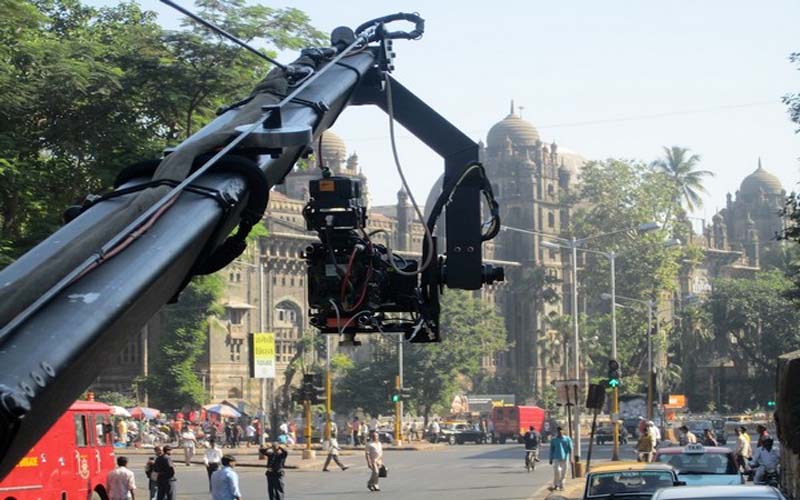New Delhi: The Indian film industry is estimated to generate revenues of Rs 23,000 crore by 2021 and can contribute significantly to the growth of tourism in the country, according to a report by industry body FICCI and consulting major Ernst & Young.
Film entertainment marked the growth of 12.2 per cent with revenues growing from Rs 15,550 crore in 2017 to Rs 17,450 crore in 2018. With the annual certification of 2,336 films, Indian ranks as one of the largest producers of cinematographic films in the world.
On the other hand, the country is emerging as a hotspot for global tourists with a wide range of attractive destinations from the Himalayas to oceans. The tourism industry contributes 9.4 per cent to the GDP and generates 8 per cent of total employment, making it one of the largest industries in the services sector.
“Not only is film tourism an excellent vehicle for destination marketing, it also presents new product development opportunities like location tours, film museums, exhibition and the theme of existing tourist attractions with film connections,” said FICCI’s Secretary General Dilip Chenoy.
“Film tourism represents a gateway to new and more intense ways of experiencing destinations,” he said in the report titled ‘Film Tourism in India — A Beginning Towards Unlocking its Potential.’
Utkarsh Sanghvi, Partner at Ernst & Young, said integrating film production and tourism has been a marketing strategy implemented by developed countries to boost tourism in their country.
“Singapore is one such country which has attributed its increasing tourist footfalls over the years to its film incentive policy and considers tourism receipts as a return on the investment made by it through its film incentive policy,” he said.
The impact of film tourism can be felt at micro and macro-economic levels, according to the report.
The direct benefits include revenue generation due to direct spends during the period of film production in the locality, employment generation on account of the hiring of local talent, providing an impetus to the local film industry and technology transfers which enable local talent to hone their skills and individually explore future opportunities for film production.
Other than direct spends during production shoots, creative industries induce tourism in three major ways. One, create awareness by showcasing virgin or less-known locations through iconic scenes. Two, present a location in an attractive manner by creating a memory or aspirational value or attraction that would not have been present otherwise.
And three, shaping attractions by actively creating attractions around themes from film or television content. Disney’s theme parks and Hobbit-themed hotels in New Zealand after the shooting of ‘The Lord of the Rings’ are examples of this mechanism.
The report said that to create a film-friendly ecosystem, single window clearances facility provided to foreign filmmakers should be extended to Indian filmmakers as well. The government should simplify the administrative process by setting up online portals and incentivise film productions by extending tax benefits, it said.
[source_without_link]ANI[/source_without_link]

